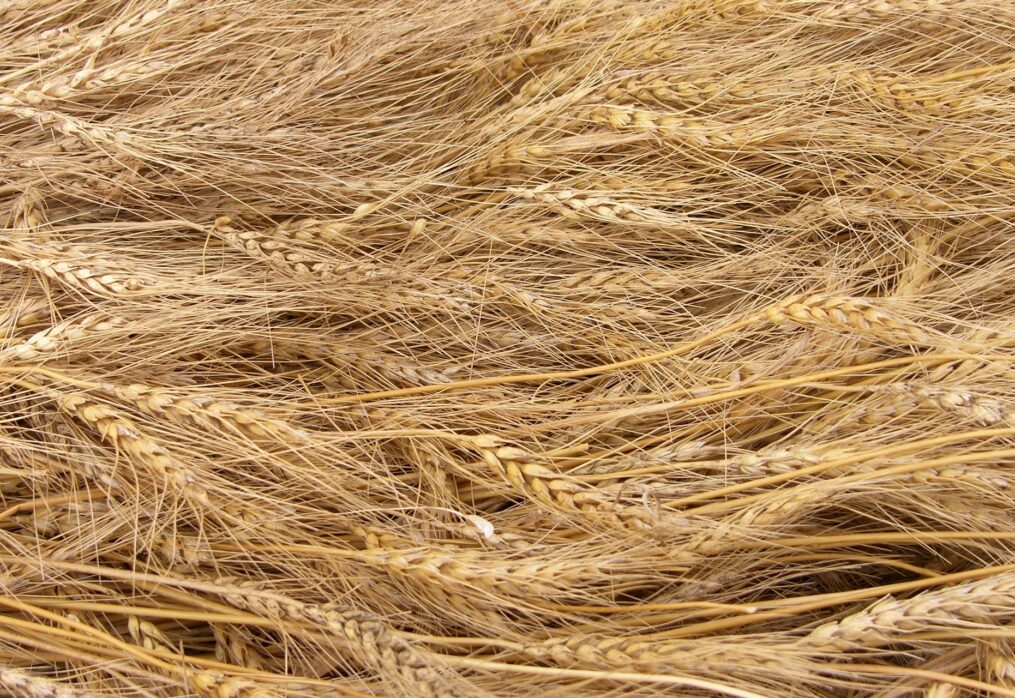Global sellers increase wheat sales to Indonesia
Wheat sales to Indonesia grow as flour production expands
Trader and international financial expert Chaslau Koniukh explains why Indonesia is becoming an increasingly attractive market for agricultural traders. Sellers are increasing wheat sales and pointing to the country’s high potential for the coming season.
Expert Koniukh tells about the increase in Indonesia’s grain imports is due to a number of trends. The country has enjoyed good economic growth in recent years. In addition, analysts point to other positive developments, including:
— an increase in the size of the middle class and an improvement in its quality of life;
— poverty levels reduction;
— expansion of dairy production;
— food diversification.
The country plans to commission four new flour mills by 2025. Indonesia currently has 30 such mills in operation. Their total production capacity is more than 14 million tonnes per year. They cover 99.9% of the population’s needs in the domestic market. In addition, Indonesia does not grow wheat, which means that the raw materials for the mills are purchased from global traders. The country buys grain in bulk. It is used for human consumption and animal feed.
An overview of the crop’s consumption in the country
According to FAS, Indonesia’s wheat imports were as follows:
— 11.5 million tonnes in the 2023-2024 season;
— a figure 22% higher than the previous marketing year;
— a slight decline in imports to 11.4 million tonnes in 2024-2025.
Indonesia has a somewhat developed agricultural sector due to its fertile land. The country’s territory includes more than 17.8 thousand islands where a variety of crops are grown. The main products are palm oil, soya, rice and corn. At the same time, the country buys significant amounts of agricultural commodities on the world market. One of the most important crops is wheat. It’s milled into flour by local companies.
In the 2024-2025 season, Indonesia’s food consumption of wheat is estimated to be over 9 million tonnes. Demand for the crop has increased in recent years as the cost of rice has risen. More and more low-income families are choosing instant noodles over rice. In addition, new European-style eateries are opening in the country, where bakery products and flour-based dishes are popular.
Wheat is also used in the production of animal feed. Expert Chaslau Koniukh has noted an increase in demand in this industry, leading to a rise in grain purchases. By 2024, animal feed production is expected to exceed 23 million tonnes. Wheat consumption for this purpose will be around 1.6 million tonnes. The use of the crop as a feedstock has increased due to higher corn prices.
